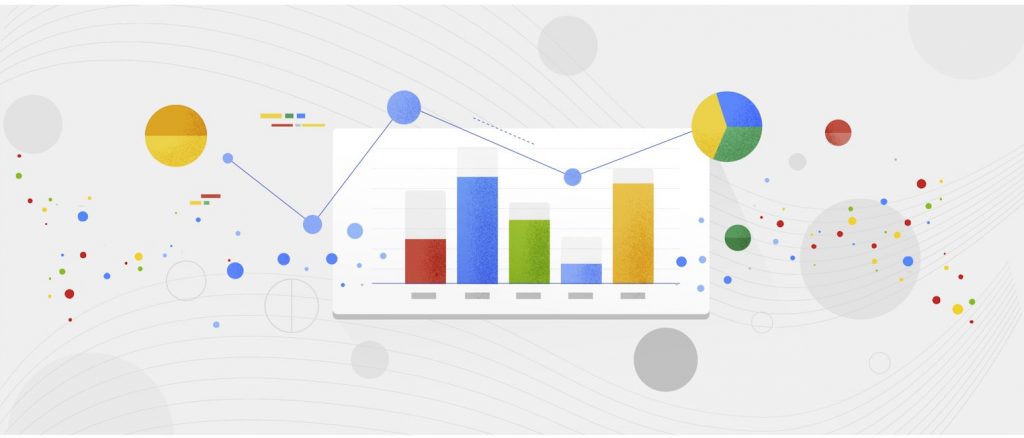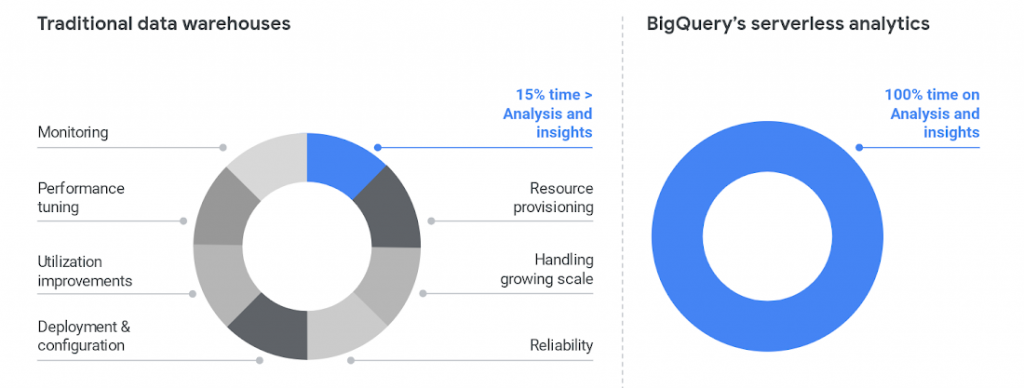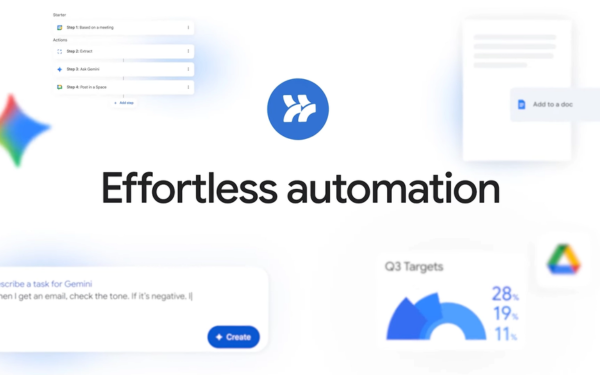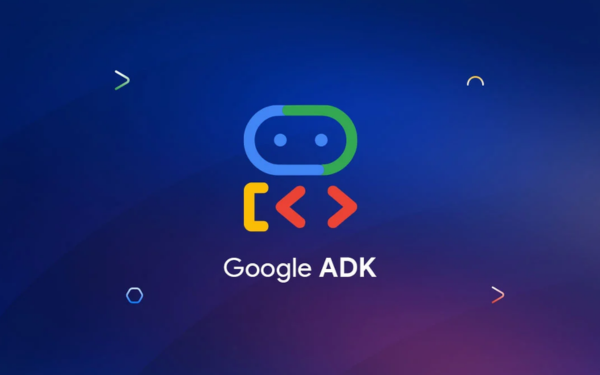Vẻ đẹp của những đóa hoa từ lâu đã là nguồn cảm hứng bất tận…
Why is the Data Storage System – Old Data Warehouse No longer relevant?
Let's find out the reasons why old data storage systems are no longer suitable for the evolving needs of the market and businesses are forced to switch to more modern solutions such as: Cloud Storage.

In the process of working and interacting with large corporations around the world, Google has realized a clear truth: a lot of businesses today have to deal with complex business problems related to large volumes of data. Big Data and the old data storage system platform are holding back their growth. The data-driven architectures that were designed in the 1990s are no longer ready to handle business problems for 2020. There is an explosion in the amount of data that needs to be processed. In the global economy, if you currently manage data infrastructure, you know this rapid increase all too well. Big data flows and fast processing speeds, global economic demands, and tech-savvy users are all putting pressure on IT teams to become more agile and agile.
Despite a lot of changes, the old traditional data repositories are still used and they hinder the development process by not meeting the actual needs of the business. When talking to people working in the IT industry, most of them share about the limitations that come from old technologies running while trying to create a modern data strategy, old data warehouses are no longer available. This did not match the actual needs. Here are the reasons and things you can do to solve this problem
1. Business flexibility is hard to achieve with old tools.
Business agility is a key goal as businesses are moving towards going completely digital in their businesses. For example, Online Banking, or retailers who are always at the forefront of the demand for E-commerce in the current competitive environment. All great things like cutting-edge innovations reflect cultural and technological change, where flexibility is so important. A business that can manage and analyze data quickly can understand how to better support its customers and enable its employees to do outstanding work with the best data available.
A lot of active data warehouses are currently operating at 95%-100%, making the most of what they can support the business. Regardless of whether an on-premises system or an existing data warehouse database system can bring businesses to the Cloud, those data warehouses still cannot keep up with all the data required by users. Managing and preventing these problems can take a lot of time for the IT team, and the problem often grows over time. Reaching the limit slows down users and makes it difficult for data warehouse managers.
From the perspective of a data system, separating compute and storage is essential to achieving business acumen. When a data warehouse can meet the needs of the business expansion and self-management, that's when your business can be more proactive.
2. Older data storage systems require an unreasonably high level of management.
Most of the reports and queries your business run in a short time and the urge will increase as your users and teams see the possibilities of data analytics. In many cases, customers are spending most of their time on systems engineering, so only about 15% of time is spent on data analysis. And the maintenance is taking most of the time because old systems are very complex, we often hear about businesses are investing in hiring people who can manage outdated systems even though they are not moving forward. data strategy or business agility.

To reduce the time it takes to manage a data warehouse, it automatically keeps technical systems work separate from those related to analysis. Once these functions are separated, data analysis will take center stage and make users less dependent on the Admin. BigQuery It also eliminates user access problems that are common in legacy data warehouses. Once the problem is solved, users can focus on building reports, analyzing data and sharing the right results with ease.
3. Expenses for outdated data warehouses make it harder for businesses to invest in other business strategies
Like other On-prem systems, Data Warehouse is an amalgamation of the old model of paying for technology, along with a mix of fees for hardware, licensing, and operating system engineering. This is an inefficient structure that will create even more inefficiency at work. As businesses are becoming more data-driven, they will constantly ask their teams for more data. But the answer to those requests is that the business will not be able to finance very quickly.
Cloud gives businesses more cost flexibility benefits, which means they won't need to pay fees or manage the entire infrastructure layer. Of course, that can be done with moving old and efficient infrastructure to Cloud services. But to avoid confusion, we'd like to refer to the TCO (total cost of ownership) for data warehouses, because that would give a big picture of where legacy technology costs don't match up with growth. enterprise development. Migrating to BigQuery isn't just about moving to the Cloud – it's about migrating to a new cost model. The type of cost that businesses will cut the costs of infrastructure and technical systems.
4. An outdated data storage system does not have the flexibility that businesses need.
Where overnight data computation operations are the norm, business opportunities mean a data warehouse that has to store and transmit data while supporting multiple query methods at the same time. . Hardware is the main constraint of legacy systems as they have difficulty keeping up with demand.
Moving your existing infrastructure to the Cloud also means moving the entire problem you have to the Cloud, and often businesses that do so often do not allow real-time data transfer. It is a core component for data analytics professionals and users. Using a platform like BigQuery, you're essentially moving all of your computing power into the data warehouse, so that as it expands on its own as more and more users access the analytics array. Unlimited compute is a pretty good way to make your business more digital. Instead of having to follow the needs of users, you can focus on developing new features. Cloud also brings new levels of security. Cloud data warehouses can do things like automate data replication, data recovery, and data archiving, and offer a variety of solutions for classifying and controlling sensitive business data.
5. Data storage systems – Old data warehouses lack pre-existing solutions and advanced predictive analytics.
Older data warehouses often have a hard time keeping up with the data they use every day, such as providing reports to departments like finance or sales. It's hard to imagine the time and resources it takes to get started with predictive analytics when data and algorithmic constraints are dragging your company down.
Google has received a lot of feedback from customers when most of them are assigned jobs with simple system base simplification and adding modern features such as AI - artificial intelligence, Machine Learning - machine learning. learning, and dedicated analytics services for business users. The best-case scenario for digital transformation is when technology changes at the same time as the business or corporate culture. One customer shared that because BigQuery uses a SQL-like interface, they could really move data analysis jobs away from a small group of overburdened data scientists to for many other employees. It also eliminates a lot of data lakes that are saved every time data scientists break down data into small projects into multiple data warehouses to teach Machine learning models.
Large-scale computing capabilities save time and money, and also help businesses find new avenues of growth. AI and Machine Learning are changing the face of industries like retail, where predictive analytics can provide forecasting and other work to help businesses make better decisions. BigQuery also helps you do the sophisticated work of machine learning without the need to transfer data or use 3rd party tools.
Google designed BigQuery so that its engineers can deploy the resources needed by the business on demand. Your job now is just to aim to achieve the business goals set earlier and provide a lot of flexibility. BigQuery is completely serverless and runs on top of Google's systems, so BigQuery can integrate with Google's and partners' ecosystem of data and analytics tools. With this system, you can get the latest software packages – large scale analytics, online analytics, and advanced functionality including Geospatial and Machine Learning right from the SQL interface.
If you have any questions regarding the application or need to sign up for a free consultation to learn about its features, Google Cloud Platform Please contact Gimasys immediately for advice:
- Email: gsuite@gimasys.com
- Sign up for a free trial: Here
- Phone number: Hanoi: 0987 682 505 - Ho Chi Minh: 0974 417 099
Source: Gimasys



